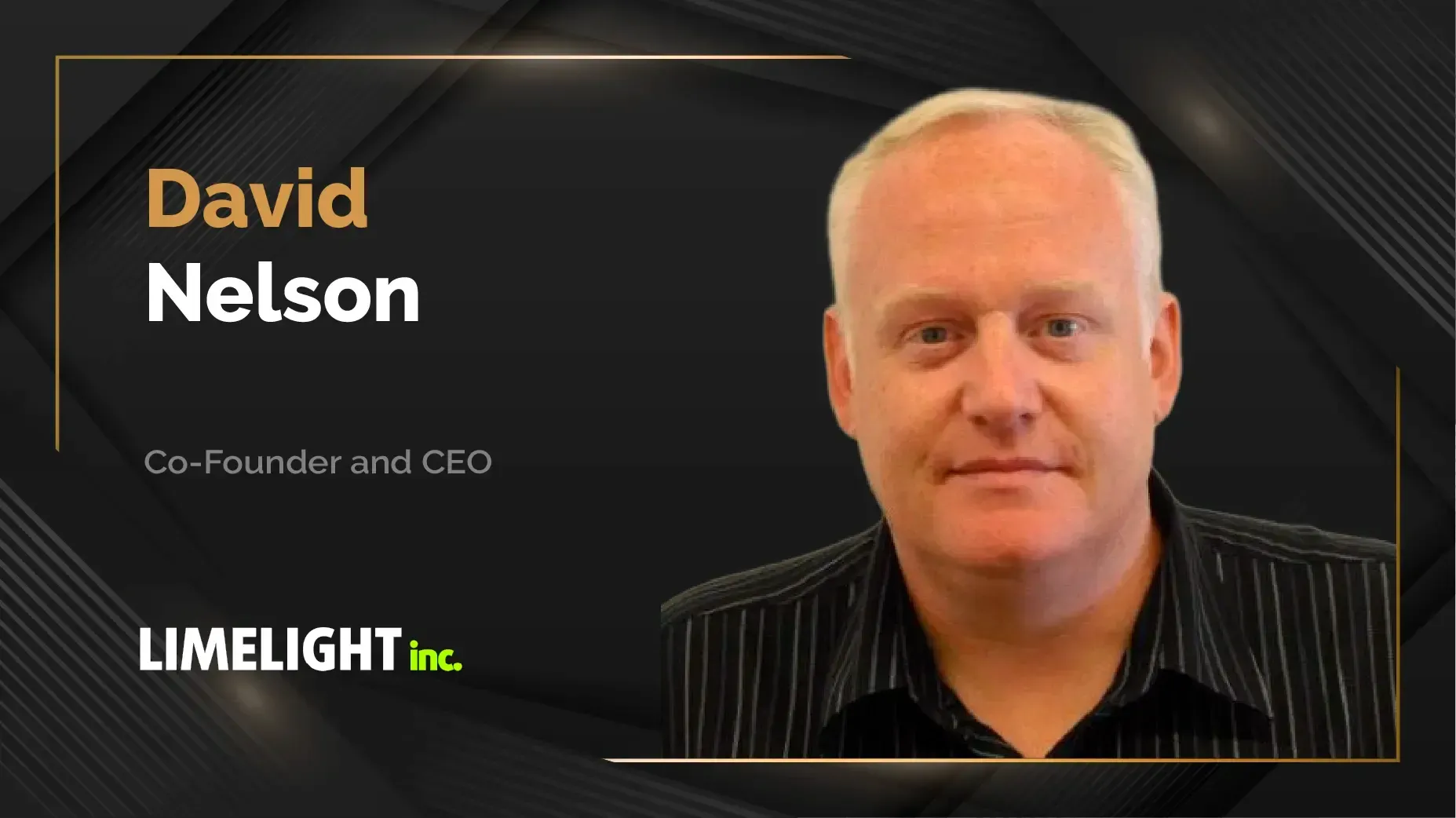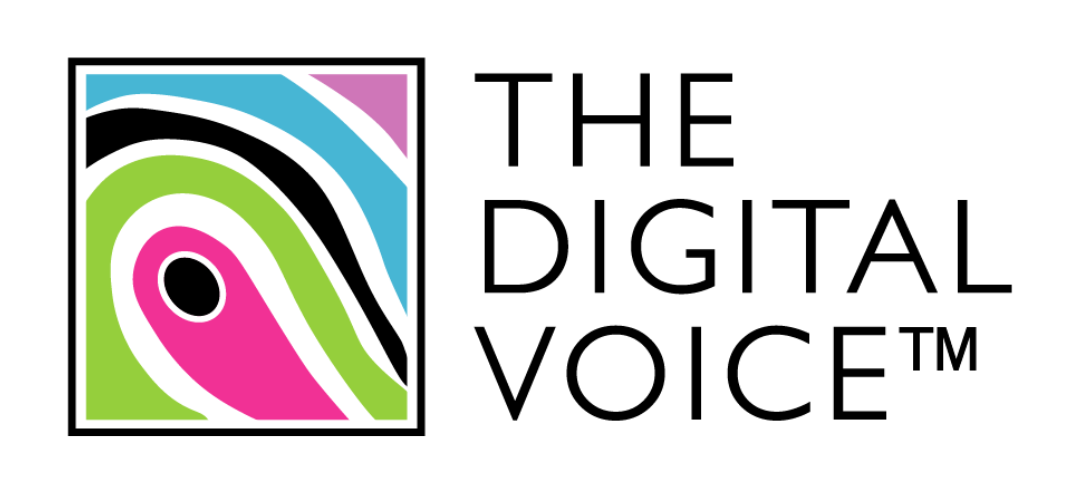MarTech360 Interview with David Nelson, Co-Founder and CEO at Limelight

David, can you tell us about your professional background and what initially sparked your curiosity in digital marketing and programmatic advertising?
I’ve spent about 25 years in digital media. I came from the insurance sector and was looking for something more challenging. That’s where I discovered digital marketing – back when the internet was still quite fresh. I started at Unanimis, which some called a university of digital marketing, and met my current business partner, James Macdonald. After about ten years I moved to Orange, where I helped grow their ad tech operations in Europe, before moving to Rocket Fuel, as operational head for Europe. After Rocket Fuel’s IPO, and subsequent retirement of the brand, I reconnected with James, which led to us bringing Limelight Inc to market in 2018.
What inspired you and James to start Limelight, and how did you translate that vision into the company’s mission?
Invention often comes through necessity. James and I were both approaching our 50s and neither wanted to return to the London commute. We realised we didn’t need to find the next great evolution in adtech. The graveyard of adtech is littered with the bones of people who followed that track. Instead, we attached ourselves to a huge and growing market, and serviced the need in a better way.
When we looked at the available adtech platforms, the barrier to entry was incredibly high. Companies wanted $10,000 in setup fees and guaranteed minimum monthly spend of $25,000. So we disrupted that model. We came to market with no upfront setup fees and minimal monthly commitments. Our mission was to democratise adtech, enabling clients of all sizes to get involved, bringing to life a new level of creativity and individuality within programmatic trading.
Looking back, what’s the single biggest technological shift or market trend that has influenced how you develop products at Limelight?
Initially it was OpenRTB. But for me, it’s not necessarily a shift in how you build tech, but how you deploy it to market. Taking the reins out of the hands of big tech players and giving them to our clients was a massive disruption. We also challenged the cost models. Typical take rates of SSPs and DSPs were 20% when we started, and we’ve set a new benchmark at about a quarter of those fees.
The Adaptive Rules Centre (ARC) is one of Limelight’s standout innovations. How did the concept come about, and what problem was it designed to solve?
ARC was born from an internal need. I saw our Client Success team doing the same things repeatedly for clients, especially assisting with optimisations. At the same time, I realised our clients think differently about bringing their supply packages to market. As a white label platform provider, how were we helping clients bring that individualisation to market? ARC allows our clients, in a non-programmatic way, to personalise our delivery mechanisms to suit their own optimisation techniques
Could you walk us through the main features of ARC and what sets it apart from other automation tools in programmatic advertising?
The platform is addressing a fundamental market shift. A year or so ago, a demand partner would ask for 15,000 QPS (Queries per Second) of supply and accept that it would take two to three weeks to optimise performance. But today, expectations have changed, and that optimisation needs to happen in real time.
ARC enables that by allowing clients to start at minimal QPS levels. The platform then increases QPS automatically with each optimisation, and decreases it again when performance drops. These practical tools enable clients to continually optimise, changing the conversation from “your performance is bad” to “you’re so great, send me more”.
What sets Limelight apart from competing programmatic or RTB platforms, particularly for publishers or agencies considering a white-label solution?
What sets us apart is that we don’t compete at all with our customers. Sadly, almost every other ad server will also be trading their clients’ media. We’ve seen that after six months, spend drops, and after seven to eight months, these platforms start taking insights from the customer’s business and redeploying them in theirs. We are solely a software company with an interest in leaning into clients’ businesses, because if they win, we win. Our clients aren’t sensitive about telling us what they’re trying to achieve because our only interest is making them grow.
And with ARC specifically, the evolution has been remarkable. From a project that started by wanting to eliminate repetitive tasks, we’ve now seen 300-400% uplifts in real deployments.
What broader trends are shaping programmatic advertising, and what challenges do you see for companies in this space?
I don’t think any of us truly understand right now the impact that AI is going to have. What we think today is a world away from where we’ll be in two to three years – and so where we end up is going to surprise us all.
I also think we’ll see a lot of technology disappear because intermediary platforms won’t be able to illustrate the value they’re offering. If you’re not adding value, what are you doing?
Finally, what’s one piece of advice for young individuals looking to enter digital marketing or programmatic advertising?
If what someone is telling you sounds complicated, they’re getting it wrong. Way too many people get bombarded with acronyms and complex descriptions, which pushes them into a position where they’re frightened to ask questions. That’s complete rubbish. Nothing we do is particularly complicated. So the takeaway here is: always ask the question if you don’t understand something. Five times out of ten, the person who just gave you that description won’t be able to answer because they’ve got no more idea than you have.
Thanks David!
Also published in: Martech360



